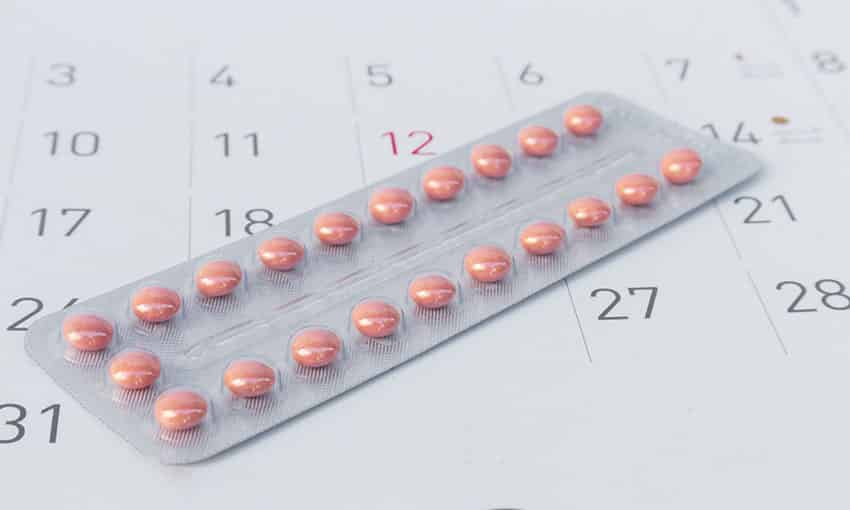Before the Encyclical: Doubts and False Hopes
Early in 1968, when I was under instruction to become a Catholic, I joined a study circle in a student’s rooms in Christchurch College. The topic was what the Pope might decide about contraception. The group reflected the doubts the anovulent Pill raised about Church teaching against contraception. But these doubts were based on very simplistic perceptions. The Pill did not involve mechanical means that interfered in the natural act. To all purposes, it was invisible and doctors said that it could have medical applications.
Little was known in those days about the health hazards and side effects of the Pill. I doubt whether anyone knew about the early abortifacient effects. Few people recognised the disruptive psychological dimensions of contraception within the interpersonal relationship of marriage.

Looking back to that evening in Christchurch College, I recall a kind of consensus in the group – the Pope will ban condoms and allow the pill! One blushes at our student naivite. But we were also subject to certain influences within the Church.
A campaign had already spread across Europe and North America to allow the pill for Catholics. Confessors gave conflicting advice to women: some saying “no change”, others “wait for it”, others “follow your conscience”, but that was a code for “go ahead”. Well before the encyclical appeared, the elastic conscience took hold in the Church, at least in a Western cultural context.
